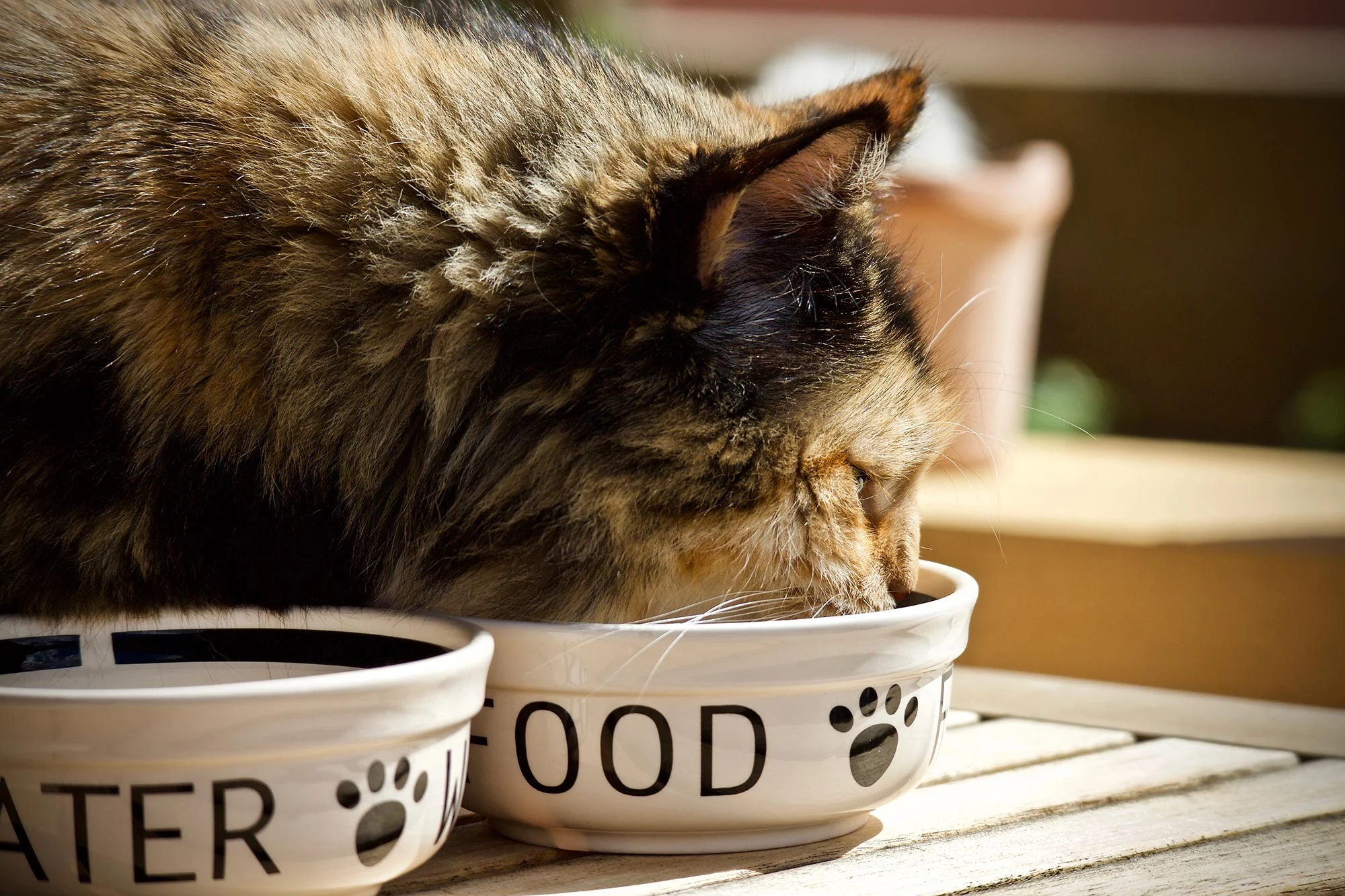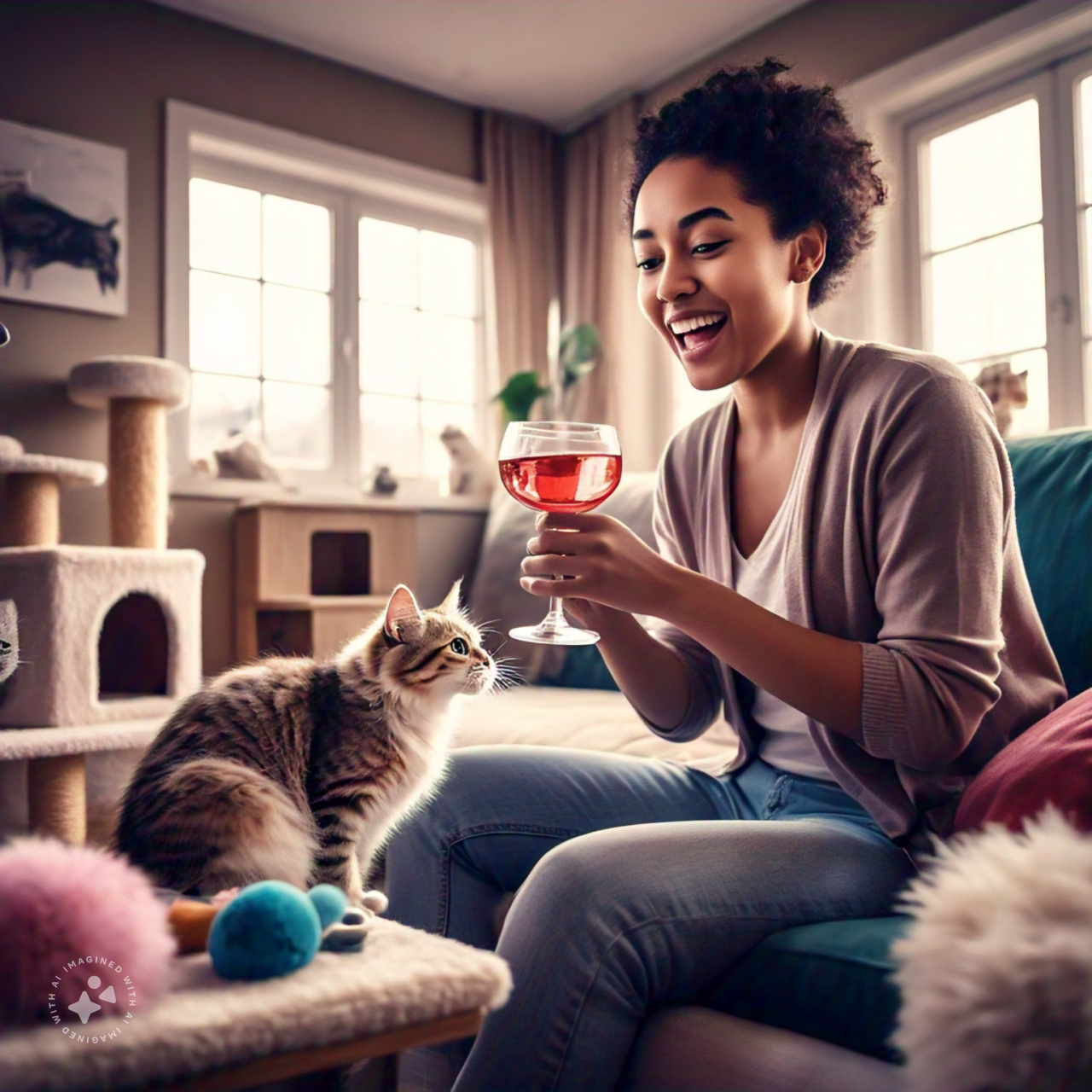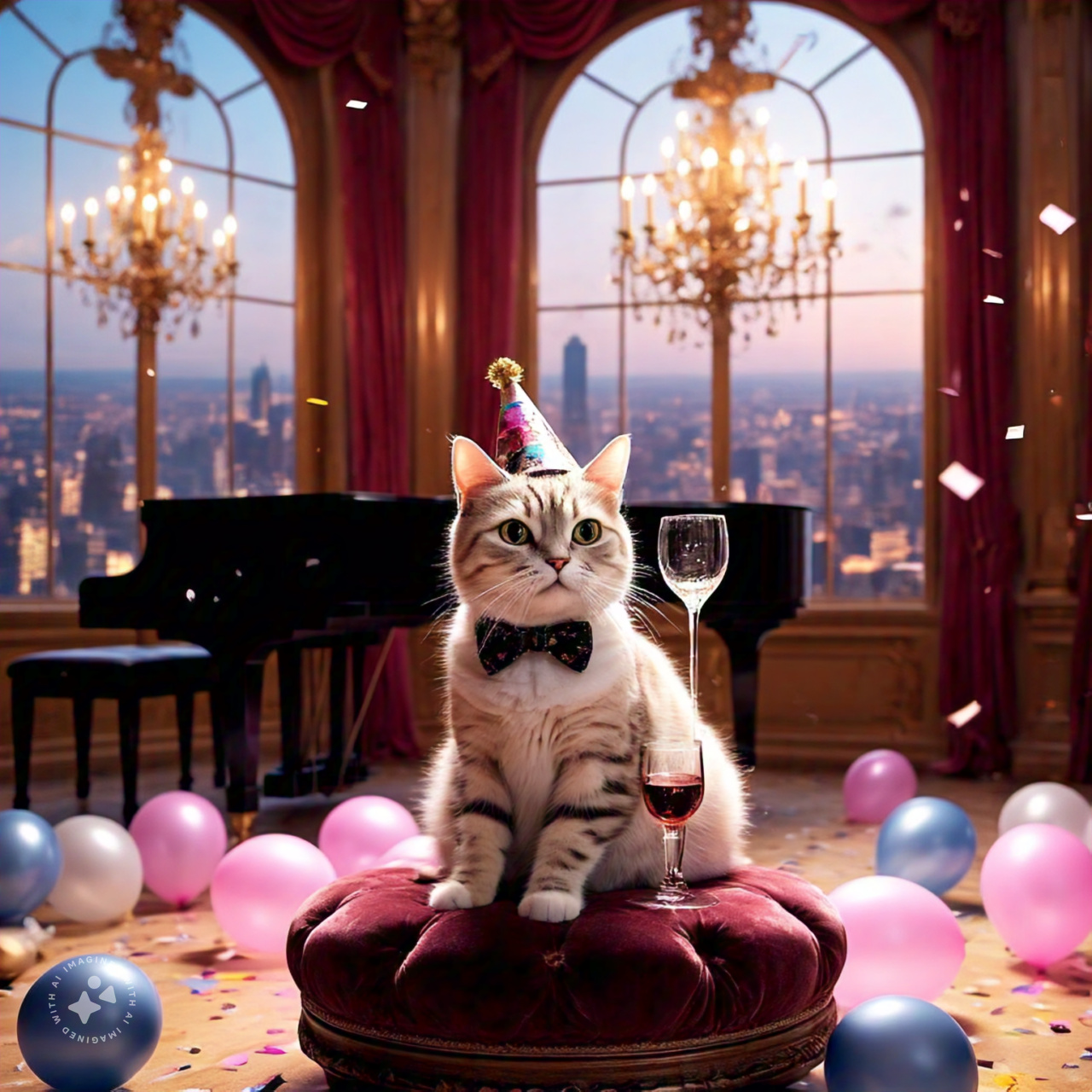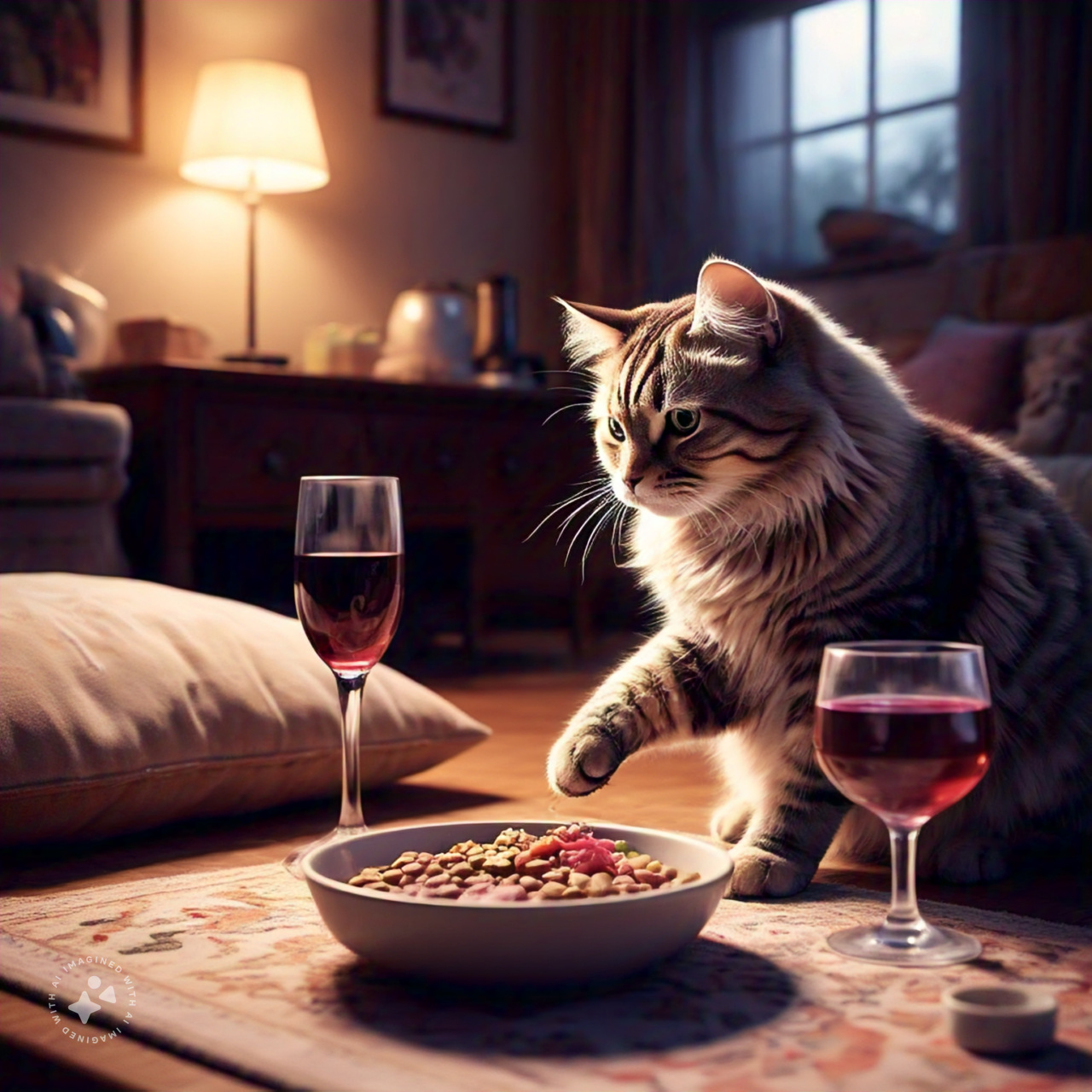Natural vs. Chemical Cat Shampoos: Which Is Best for Your Pet?
Understanding the Importance of Choosing the Right Cat Shampoo
When it comes to grooming cats, one of the most critical decisions pet owners face is choosing the right shampoo. Cats require regular cleaning to maintain a healthy coat and skin, and the shampoo used plays a vital role in achieving this. Over the years, the debate between natural and chemical cat shampoos has intensified. With growing concerns about chemicals in personal care products, pet owners are becoming more discerning about what they apply to their cats’ fur and skin.
Both natural and chemical shampoos are widely available in the pet care market, each claiming to offer unique benefits. While chemical shampoos may provide effective results in certain instances, natural alternatives have gained significant attention due to their gentler ingredients and potential health benefits. The challenge lies in determining which type of shampoo is best suited for a specific cat’s needs, considering factors such as coat type, skin sensitivities, and any existing health conditions.
In this article, we will explore the differences between natural and chemical cat shampoos, examining their ingredients, potential benefits, and risks. By understanding these distinctions, pet owners will be better equipped to make an informed decision that ensures the health and safety of their cats. The goal is to provide a comprehensive analysis of both options, allowing readers to weigh the pros and cons before settling on the best choice for their furry companions.
What Is a Natural Cat Shampoo?
A natural cat shampoo typically contains ingredients derived from plant-based sources, essential oils, and other organic substances. These shampoos aim to provide a gentler alternative to the synthetic chemicals commonly found in traditional grooming products. The primary appeal of natural cat shampoos is their ability to clean and condition the coat without exposing pets to harsh chemicals or synthetic fragrances.
Natural shampoos often include ingredients such as aloe vera, oatmeal, coconut oil, chamomile, and various herbal extracts. These ingredients are known for their soothing and moisturizing properties, making them an ideal choice for cats with sensitive skin or those prone to irritation. Moreover, many natural shampoos are free from parabens, sulfates, artificial fragrances, and dyes, which can be irritating to both the cat’s skin and the owner’s sense of smell.
In addition to their skin-soothing qualities, natural shampoos are often biodegradable and eco-friendly, appealing to pet owners who prioritize sustainability. For cats with allergies or skin sensitivities, these shampoos can be a gentle solution that avoids triggering flare-ups or discomfort.
What Is a Chemical Cat Shampoo?
On the other hand, chemical cat shampoos typically contain synthetic ingredients designed to address specific grooming concerns. These shampoos may include detergents, preservatives, fragrances, and other chemicals that are effective at cleaning and eliminating dirt, oils, and odors from a cat’s coat. Chemical shampoos are often formulated with stronger ingredients that may be more effective at addressing certain skin issues or dealing with specific grooming needs, such as flea control, dandruff, or excessive shedding.
Some chemical shampoos are medicated, containing antifungal or antibacterial agents to help manage skin conditions such as dermatitis, ringworm, or bacterial infections. These shampoos are often recommended by veterinarians for cats with certain medical conditions. While chemical shampoos can be highly effective at treating specific problems, they may also carry some risks. The use of harsh chemicals or strong fragrances can sometimes lead to skin irritation, dryness, or allergic reactions, particularly in cats with sensitive skin.
The key benefit of chemical shampoos lies in their powerful formulation, which can provide fast and targeted results. For cats with specific grooming needs or medical conditions, these shampoos might be a practical option to consider. However, they come with the trade-off of potentially exposing the cat to synthetic chemicals that could cause adverse reactions in some cases.
Why Is It Important to Choose the Right Shampoo?
Choosing the right shampoo for a cat is crucial because improper grooming can lead to a variety of skin issues and discomfort for the pet. Cats have sensitive skin, and their grooming needs differ from those of humans or even dogs. Using the wrong shampoo—whether it’s too harsh or doesn’t suit the cat’s unique needs—can result in dry skin, irritation, allergies, or even an increase in shedding or hair loss.
For cats with pre-existing skin conditions, allergies, or sensitivities, the wrong shampoo could exacerbate their problems. In some cases, chemical ingredients like sulfates, parabens, or artificial fragrances can cause skin reactions that may lead to further health complications. On the other hand, while natural shampoos are generally considered gentler, it’s important to ensure that the ingredients used are not allergens or irritants for a particular cat.
With the abundance of shampoo options available on the market today, it’s important for pet owners to carefully read labels, consider their cat’s specific needs, and make an informed decision. Understanding the benefits and potential risks of natural and chemical cat shampoos can help owners choose the most appropriate product, ensuring their pets remain comfortable, healthy, and well-groomed.
The Advantages of Natural Cat Shampoos
Gentler on Sensitive Skin
One of the most significant advantages of natural cat shampoos is their gentleness on a cat’s skin. Cats have much thinner and more sensitive skin compared to humans, making them more vulnerable to irritation caused by harsh chemicals. Traditional chemical shampoos often contain sulfates, parabens, and artificial fragrances, which can strip the skin of its natural oils and leave it dry, irritated, and vulnerable to infections.
Natural shampoos, however, are formulated with ingredients that are less likely to cause irritation. Ingredients such as aloe vera, coconut oil, and chamomile are known for their calming and moisturizing properties. These natural ingredients help maintain the skin’s moisture balance, reducing the risk of dryness, flaking, and itching. This makes natural shampoos an excellent choice for cats with sensitive or allergic skin.
Cats that suffer from conditions like eczema, dermatitis, or food allergies may benefit from natural shampoos because they lack the harsh chemicals commonly found in conventional products. By using a shampoo that is gentle and soothing, pet owners can help prevent flare-ups and ensure that their cat’s skin remains soft and hydrated.
Safer for Cats with Allergies
Cats, like humans, can develop allergies to various substances, including the chemicals in some grooming products. These allergies can manifest in various forms, including skin rashes, itching, hair loss, or even gastrointestinal issues. For cats with known sensitivities to specific chemicals, natural shampoos offer a safer alternative.
Natural cat shampoos typically avoid the use of common allergens found in chemical products, such as artificial fragrances, parabens, and synthetic dyes. Instead, they use plant-based oils and extracts that are less likely to trigger allergic reactions. Furthermore, because natural ingredients are generally gentler, there is less risk of exacerbating existing allergies or causing new ones.
For pet owners who know that their cats have sensitivities to certain ingredients, natural shampoos provide peace of mind. Cats with environmental or food allergies can benefit from shampoos made with calming ingredients like oatmeal or calendula, which can soothe irritated skin and reduce the likelihood of allergic flare-ups.
Environmentally Friendly and Eco-Conscious
In addition to being safe for pets, natural cat shampoos are often more eco-friendly than their chemical counterparts. Many commercial shampoos contain synthetic chemicals that can be harmful to the environment when they enter the water supply. These chemicals can take a long time to break down, leading to pollution and environmental damage.
Natural shampoos, on the other hand, are often biodegradable and free from toxic chemicals that can harm ecosystems. Many natural pet care brands prioritize sustainable sourcing, ensuring that their ingredients are harvested in an environmentally responsible manner. For eco-conscious pet owners who are committed to reducing their environmental footprint, choosing a natural shampoo can be an effective way to align pet care with sustainability.
In addition to their biodegradable nature, many natural shampoos come in recyclable or biodegradable packaging, further reducing waste. By selecting natural cat shampoos, pet owners can feel confident that they are contributing to a cleaner, healthier planet while also providing the best care for their cats.
Non-Toxic and Safe for Cats of All Ages
Natural cat shampoos are also considered safer for pets of all ages, including kittens and senior cats. Some chemical shampoos contain strong ingredients that may not be suitable for younger or older cats, whose skin may be more delicate. Natural shampoos, however, often contain only mild ingredients that are gentle enough for even the most sensitive animals.
When caring for a kitten or an elderly cat, it’s essential to choose products that won’t harm their delicate skin or exacerbate existing health problems. Natural shampoos, being free from harsh chemicals and synthetic fragrances, provide a safe option for cats at all life stages. These shampoos offer the right balance of effectiveness and gentleness, ensuring that cats are clean without compromising their health.
The Advantages of Chemical Cat Shampoos
Effective for Targeting Specific Health Conditions
While natural shampoos have many benefits, there are instances where chemical cat shampoos may be the better option. One of the primary advantages of chemical shampoos is their ability to address specific health conditions. Many chemical formulations contain active ingredients designed to treat particular skin issues, such as flea infestations, fungal infections, dandruff, or bacterial outbreaks.
For example, chemical shampoos with antifungal properties can effectively treat fungal infections like ringworm, which is a common problem in cats. Medicated shampoos can also be prescribed to treat bacterial skin infections, dermatitis, or other skin conditions caused by infections. In these cases, the chemical ingredients are essential for providing the necessary therapeutic benefits to treat these conditions efficiently and rapidly.
Moreover, chemical shampoos can be formulated to combat specific parasites, such as fleas or ticks, which are common concerns for cats, especially those who spend time outdoors. Shampoos containing ingredients like pyrethrins or permethrin are designed to eliminate these pests and prevent further infestations. When dealing with flea infestations or external parasites, chemical shampoos can provide a more effective and immediate solution compared to natural alternatives, which may not have the same level of potency.
For cats with specific dermatological conditions, chemical shampoos can offer targeted relief that is difficult to achieve with natural shampoos alone. While natural shampoos are effective for routine grooming and overall skin health, chemical shampoos are often necessary when treating more serious or chronic skin conditions that require a higher level of intervention.
Stronger Cleansing Action
Another significant advantage of chemical cat shampoos is their ability to provide a stronger, more thorough cleansing action. Chemical shampoos are formulated with powerful detergents and surfactants that are highly effective at breaking down oils, dirt, and other impurities on a cat’s coat. While natural shampoos may offer a gentle cleansing effect, they may not be as effective at removing heavy oils or stubborn dirt, particularly in cats with oily coats or those exposed to outdoor elements.
For cats that tend to get very dirty, such as those that frequently roam outside or are prone to rolling in mud or debris, a chemical shampoo may be more effective at providing a deep clean. These shampoos can thoroughly remove excess oils, dirt, and environmental pollutants, leaving the coat shiny and clean. While natural shampoos may struggle to provide the same level of deep cleaning, chemical formulations can break down oils and grime more efficiently.
Additionally, chemical shampoos often contain emulsifiers that help to disperse oils and dirt more effectively, leading to a smoother rinse and less residue left behind on the cat’s fur. This stronger cleansing action can be especially beneficial for cats with long fur, which may trap dirt and oils more easily, leading to matting or a greasy appearance.
Long-Lasting Results
Chemical shampoos tend to provide longer-lasting results when it comes to certain grooming needs. For instance, shampoos formulated for flea control or dandruff treatment can provide prolonged relief, with some offering protection for several days or even weeks after a single application. This is particularly advantageous for cats that suffer from chronic skin conditions, allergies, or infestations.
Chemical shampoos that are designed to eliminate pests, such as fleas or ticks, typically offer a prolonged effect that reduces the need for frequent applications. For cats with chronic skin issues, a chemical shampoo may help manage symptoms over an extended period, providing lasting results and reducing the frequency of grooming sessions. This is a key reason why chemical shampoos are often recommended by veterinarians for specific medical conditions that require long-term management.
In contrast, while natural shampoos are effective at maintaining skin health and reducing irritation, they may not offer the same extended benefits for specific conditions. For example, natural shampoos may help soothe dry skin or reduce itching but may not offer the same level of relief for persistent skin conditions that require ongoing treatment.
Faster Results for Immediate Concerns
When addressing urgent skin issues, such as flea infestations, bacterial infections, or fungal outbreaks, chemical shampoos often provide faster results compared to natural alternatives. The active ingredients in chemical shampoos are typically more concentrated and formulated for rapid action, allowing them to tackle these issues quickly and efficiently. In cases where the cat is experiencing discomfort or irritation due to an infestation or infection, the faster action of chemical shampoos can provide much-needed relief.
Chemical shampoos formulated for flea control, for example, kill fleas on contact and prevent further infestations, offering immediate results. In contrast, natural remedies may take longer to show effectiveness, as they often rely on gentler, less potent ingredients. For owners who need to address a pressing issue or medical condition, the quick action of chemical shampoos may be the best option for providing relief and resolving the problem swiftly.
Similarly, chemical shampoos designed to treat dandruff or dry skin may contain ingredients like salicylic acid or coal tar, which can offer quicker results compared to natural shampoos. These active ingredients are scientifically formulated to address the root causes of the issue, such as excessive oil production or fungal growth, and provide targeted treatment for faster healing.
Choosing the Right Cat Shampoo for Your Pet’s Health and Wellness
Balancing the Pros and Cons of Natural and Chemical Shampoos
After examining both natural and chemical cat shampoos in detail, it’s clear that each option offers distinct advantages and drawbacks. The key takeaway is that the best shampoo for any given cat depends largely on the individual needs and health conditions of the pet. While both natural and chemical shampoos serve important roles in feline grooming, choosing the right product requires understanding the specific requirements of a cat’s coat and skin health.
Natural cat shampoos are ideal for owners who prioritize gentle, eco-friendly, and hypoallergenic options. They provide a safer alternative for cats with sensitive skin, allergies, or those in need of regular maintenance without exposing them to harsh chemicals. Natural shampoos are also beneficial for general grooming, offering soothing properties that help prevent dryness, irritation, and discomfort. For environmentally-conscious pet owners, natural shampoos represent a more sustainable choice as they are often biodegradable and free from synthetic chemicals.
On the other hand, chemical shampoos offer stronger and more targeted results, especially for cats dealing with specific medical conditions such as flea infestations, bacterial infections, or fungal outbreaks. Chemical shampoos tend to be more effective at providing deep cleanses, managing severe skin issues, and offering long-lasting results. Cats with chronic conditions, such as dermatitis or dandruff, may benefit from the more potent formulations of chemical shampoos, as they are designed to provide immediate and effective relief.
Ultimately, the choice between natural and chemical cat shampoos depends on factors such as the cat’s coat type, overall health, sensitivities, and the specific grooming challenges they face. While natural shampoos are suitable for regular grooming and general skin maintenance, chemical shampoos may be necessary for cats with more serious or persistent skin conditions.
Making an Informed Decision for Your Cat’s Needs
When selecting the best shampoo for a cat, it’s essential for owners to consider the unique needs of their pet. For healthy cats without significant skin issues, natural shampoos can provide an excellent and safe option for regular bathing. They promote skin health and maintain the cat’s natural oils while providing a gentle and soothing experience. For cats with sensitive skin, allergies, or those prone to irritation, a natural shampoo with organic ingredients can help avoid reactions to synthetic chemicals and provide relief from common skin issues.
However, for cats that face medical challenges, such as severe flea infestations, bacterial or fungal infections, or chronic skin conditions, chemical shampoos may be necessary to achieve quick and effective results. These shampoos, often recommended by veterinarians, are designed to treat specific concerns and can help manage conditions that natural shampoos cannot address as effectively. In cases where immediate relief is needed, the targeted nature of chemical shampoos makes them an important tool for pet owners.
It’s important to remember that pet care should always involve consultation with a veterinarian when necessary, especially when dealing with persistent skin problems or when choosing between natural and chemical options. Veterinarians can offer guidance on which products are safest and most effective for a particular cat’s health condition, ensuring the best outcome for the pet’s well-being.
The Importance of Safe and Regular Grooming Practices
Regardless of whether a natural or chemical shampoo is used, it’s essential for pet owners to establish safe and regular grooming practices. Bathing should be done with care, ensuring that the right amount of product is applied and that the cat is rinsed thoroughly to avoid any residue buildup. Regular grooming not only helps maintain a cat’s coat but also provides an opportunity for owners to monitor their cat’s skin and detect any health issues early.
Both natural and chemical shampoos can be part of a healthy grooming routine, as long as they are used appropriately and according to the cat’s individual needs. Regular grooming helps reduce shedding, prevents matting, and provides relief from itching or discomfort. For cats that are particularly prone to skin issues, such as dry skin or allergies, bathing with a shampoo designed to address those specific concerns can help maintain skin health and improve overall comfort.
For many cats, grooming sessions can also serve as a bonding activity between the cat and its owner. When done properly, grooming can be an enjoyable experience that strengthens the bond between the two, providing a sense of security and relaxation for the cat. Establishing a grooming routine that incorporates the right type of shampoo ensures that the cat’s coat stays in optimal condition, enhancing both its health and appearance.
Final Thoughts – A Personalized Approach to Cat Grooming
In conclusion, the choice between natural and chemical cat shampoos is not a one-size-fits-all decision. The right shampoo depends on a variety of factors, including the cat’s skin type, health status, and specific grooming needs. While natural shampoos offer gentle, eco-friendly alternatives with soothing benefits, chemical shampoos provide targeted, effective treatment for more serious skin conditions.
By carefully considering the cat’s health needs and understanding the advantages of both shampoo types, pet owners can make an informed decision that prioritizes their cat’s well-being. Whether opting for a natural shampoo for routine grooming or a chemical shampoo for specific medical concerns, the key is to select a product that ensures the cat’s coat and skin remain healthy, comfortable, and well-maintained.
Ultimately, responsible pet care requires ongoing attention to a cat’s grooming needs. By providing regular, safe, and effective grooming, pet owners can ensure that their cats remain happy, healthy, and content. Whether using natural or chemical shampoos, the goal should always be to enhance the cat’s quality of life and maintain its well-being through thoughtful and informed care practices.









